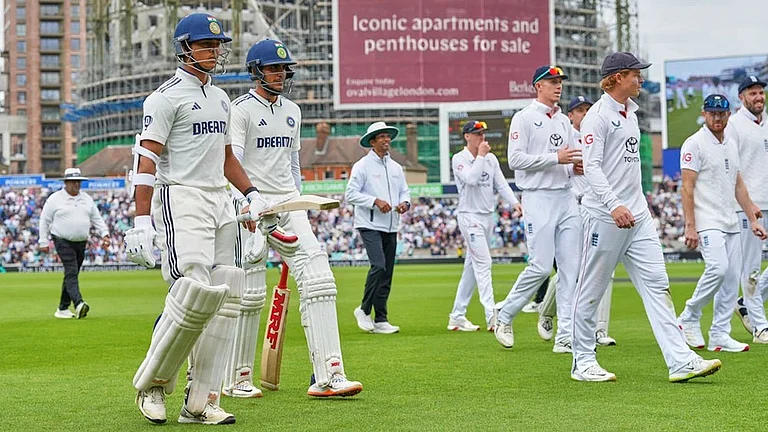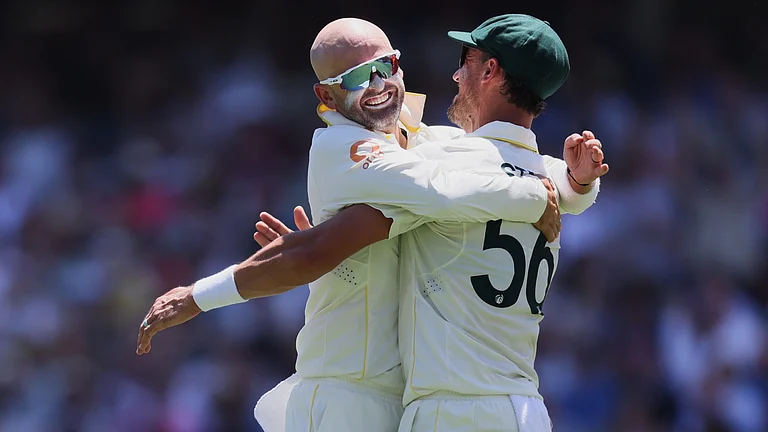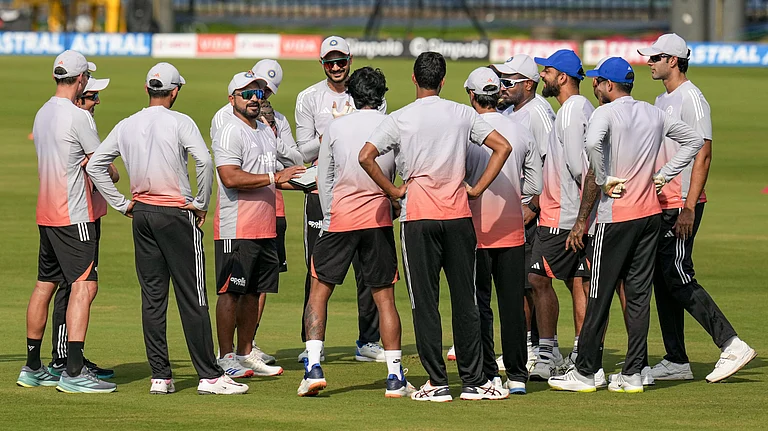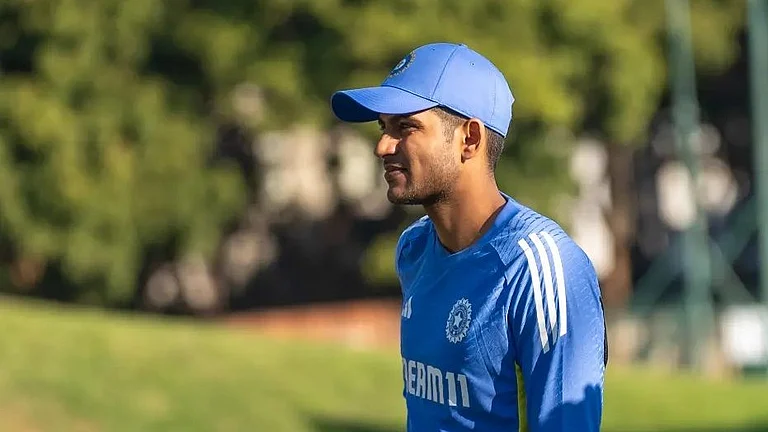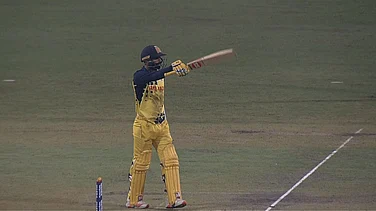India walked into Headingley with momentum, firepower, and five centuries under their belt. They walked out 0-1 down in the Anderson-Tendulkar Trophy, victims of their own inconsistencies despite dominant performances from the top order. England's 371-run chase exposed India's cracks — in planning, execution, and intensity.
Here's what went wrong for India:
1. Lower-Order Collapse – Twice Over
India’s last four batters contributed just nine runs across both innings. From positions of strength — 430/3 and 333/4 — India collapsed to 471 and 364, respectively. That's 13 wickets for just 72 runs in flat conditions. Shardul Thakur, picked for his all-round ability, played two loose shots early in his innings. The tail’s carefree approach, with set batters at the other end, lacked accountability and cost India vital runs.
2. Seven Dropped Catches – England Made To Pay
India dropped seven catches in the Test — the most by any side in England over the last two decades. Yashasvi Jaiswal alone shelled four, two of them reprieving Ben Duckett who made a match-winning 149. In a high-scoring game where few opportunities were created, India’s poor fielding let England off the hook. Fielding lapses on Day 5, when Duckett and Crawley were vulnerable early, shifted the game’s balance permanently.
3. Gill's Leadership: Hesitant, Not Assertive
Shubman Gill's first Test as captain saw promising starts unravel under pressure. The field placements often lacked conviction, and bowlers weren’t rotated optimally. Mohammed Siraj, India's best bowler on Day 5, wasn’t used between overs 42 and 80 — a period that saw England run away with the game. Jasprit Bumrah didn’t bowl in the last 17 overs. The energy dipped, and with Pant and Rahul often guiding the bowling changes, Gill seemed peripheral in key phases.
4. Third And Fourth Pacers Failed To Deliver
Beyond Bumrah's five-for, India's seam attack was underwhelming. Mohammed Siraj and Prasidh Krishna went for over 100 runs each in the first innings. Prasidh, while picking wickets, leaked runs at 6.28 an over — the most expensive economy rate for an Indian in Test history. There was neither control nor penetration, and the absence of a quality fourth bowler hurt India as Duckett and Crawley punished the change bowlers relentlessly.
5. Tactical Misses And Missed Declaring Intent
India planned to set a target of over 430, but a second-innings collapse meant England were set 371 — still daunting, but gettable. Despite the advantage, India couldn't build scoreboard pressure. Jadeja’s line didn’t adapt quickly enough to Duckett’s reverse sweeps. India took poor reviews and were reactionary rather than proactive. England’s 188-run opening stand killed the contest, and Gill later admitted that “things just didn’t go our way” — a summary that hints at missed control rather than just bad luck.
India dominated for large portions of the Test, but lost because they lacked the ruthlessness to close it out. Gill’s leadership will evolve, but the team needs to find sharper intensity — with the bat, in the field, and in their planning. With four Tests to go and only two more available with Bumrah, India can't afford another performance filled with ifs and buts.







